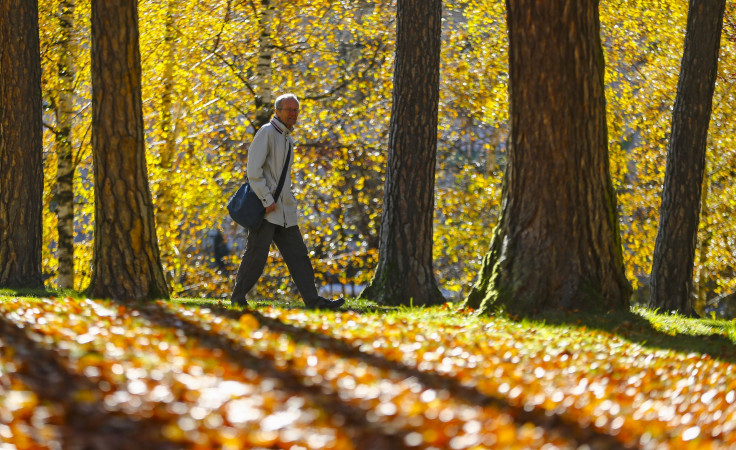Experiencing The Great Outdoors Improves Community In An Increasingly Urban World

Little is known about the social consequences of our personal contact with nature. A new study suggests the amount of time spent in the Great Outdoors experiencing nature could explain 8 percent of the variation in our perceptions of community cohesion — the neighborliness of our neighborhood.
“Our findings… support the view that the quality of contact with nature can improve the social connections and the wellbeing of individuals,” wrote Dr. Netta Weinstein of Cardiff University and her colleagues. “These results support the idea of the broad positive effects of nature being due, at least in part, to enhancing connections with the community.”
Increasing Urbanization, Worldwide
In 2014, the United Nations estimated 54 percent of the world’s population resided in urban areas compared to 30 percent in 1950. The most densely populated regions include North America (82 percent), Latin America and the Caribbean (80 percent), and Europe (73 percent). By contrast, Africa and Asia remain mostly rural, with 40 and 48 percent of their respective populations living in urban areas. By 2050, 66 percent of people around the globe will be city-dwelling, the UN predicts. Yet various scholars propose this trend may be moving us toward poorer ties with others and less cohesive societies, according to Weinstein and her co-authors.
Meanwhile, a large and growing number of empirical studies provide evidence that contact with nature increases positive emotions while contributing to physical health and life satisfaction, the authors say. Yet the greatest proof of our commonly shared belief in nature’s healing powers is evidenced by the number of people who seek out nature to relax — often traveling long distances (at great expense) to do so.
For the current study, Weinstein and an interdisciplinary research team explored the relationships between objective measures and self-reported assessments of contact with nature, community cohesion, and local crime incidence. The researchers used nationally representative data from the UK and model testing to create their dataset. After accounting for a range of possibly interfering factors, such as unemployment rate and weekly wages, the team found people's experiences of local nature (as self-reported via a survey) could explain 8 percent of the variance in responses about perceptions of community cohesion.
“Given that individual predictors, such as income, gender, age, and education together accounted for only 3 percent,” the researchers say their new result is "striking.”
The relationship between crime and nature was similarly dramatic, they say. Objective measures of the amount of green space or farmland accessible in people's neighborhoods accounted for 4 percent additional variance in crime rates, according to the authors, who argue this predictive power echoes other known contributors to crime, such as socioeconomic deprivation.
“The positive impact of local nature on neighbors’ mutual support may discourage crime, even in areas lower in socioeconomic factors," wrote the researchers, who concluded, “subjective experiences of the views of nature from the home, the quality of nature, and the amount of time spent in nature were linked to perceiving one’s community as close and cohesive.” Turns out a walk in the park is nothing less than soul food.
Source: Weinstein N, Balmford A, Dehaan CR, et al. Seeing Community for the Trees: The Links among Contact with Natural Environments, Community Cohesion, and Crime. BioScience. 2015.



























